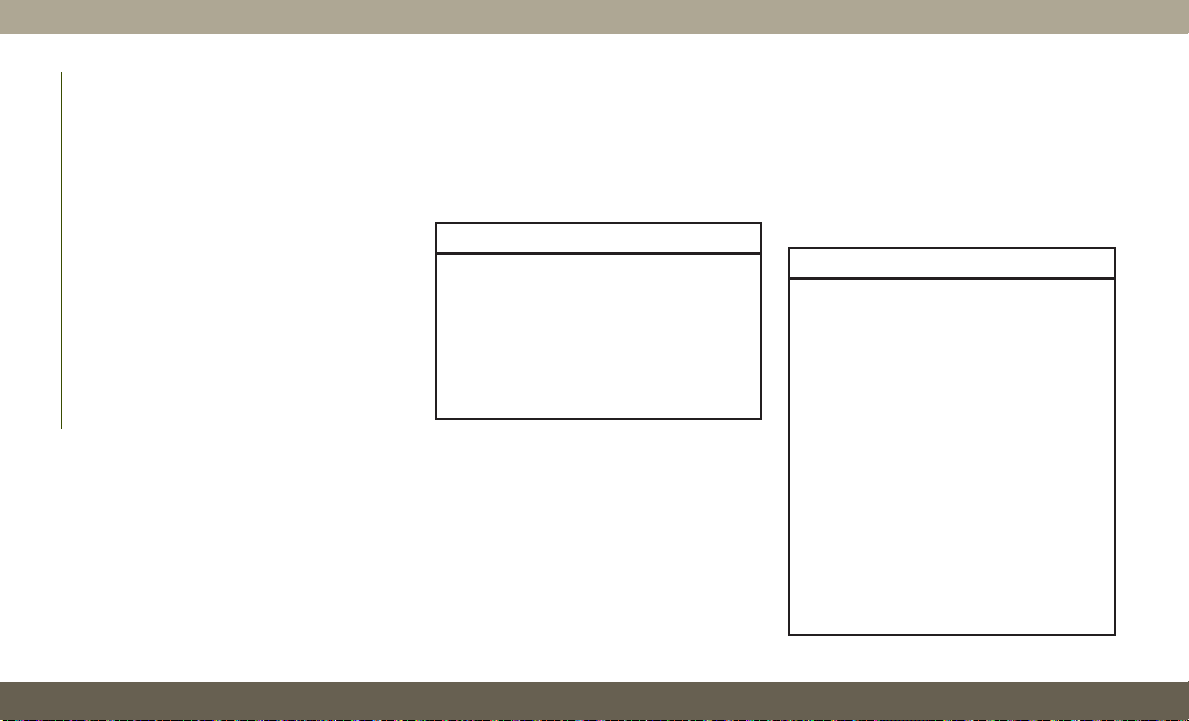Loading ...
Loading ...
Loading ...

Coolant Checks
Check the engine, battery (if equipped), in-
tercooler (if equipped), and Motor Generator
Unit (MGU) (if equipped) coolant (antifreeze)
protection every 12 months (before the onset
of freezing weather, where applicable). If the
engine, battery (if equipped), intercooler (if
equipped), and MGU (if equipped) coolant
(antifreeze) is dirty or rusty in appearance,
the system should be drained, flushed and
refilled with fresh OAT coolant (conforming to
MS.90032) by an authorized dealer. Check
the front of the A/C condenser (if equipped)
or radiator for any accumulation of bugs,
leaves, etc. If dirty, clean by gently spraying
water from a garden hose vertically down the
face of the A/C condenser (if equipped) or the
back of the radiator core.
Check the engine, battery (if equipped), inter-
cooler (if equipped), and MGU (if equipped)
cooling system hoses for brittle rubber, crack-
ing, tears, cuts, and tightness of the connection
at the coolant recovery bottle and radiator. In-
spect the entire system for leaks. DO NOT RE-
MOVE THE COOLANT PRESSURE CAP WHEN
THE COOLING SYSTEM IS HOT.
Brake System
In order to assure brake system performance,
all brake system components should be in-
spected periodically. Refer to the “Mainte-
nance Plan” in this section for the proper
maintenance intervals.
WARNING!
Riding the brakes can lead to brake failure
and possibly a collision. Driving with your
foot resting or riding on the brake pedal
can result in abnormally high brake tem-
peratures, excessive lining wear, and pos-
sible brake damage. You would not have
your full braking capacity in an emergency.
Fluid Level Check — Brake Master Cylinder
The fluid level of the master cylinder should
be checked whenever the vehicle is serviced,
or immediately if the brake system warning
light is on. If necessary, add fluid to bring
level within the designated marks on the side
of the reservoir of the brake master cylinder.
Be sure to clean the top of the master cylin-
der area before removing cap.
With disc brakes, fluid level can be expected
to fall as the brake pads wear. Brake fluid
level should be checked when pads are re-
placed. If the brake fluid is abnormally low,
check the system for leaks.
Refer to “Fluids And Lubricants” in “Techni-
cal Specifications” for further information.
WARNING!
• Use only manufacturer's recommended
brake fluid. Refer to “Fluids And Lubri-
cants” in “Technical Specifications” for
further information. Using the wrong
type of brake fluid can severely damage
your brake system and/or impair its per-
formance. The proper type of brake fluid
for your vehicle is also identified on the
original factory installed hydraulic mas-
ter cylinder reservoir.
• To avoid contamination from foreign
matter or moisture, use only new brake
fluid or fluid that has been in a tightly
closed container. Keep the master cylin-
der reservoir cap secured at all times.
Brake fluid in a open container absorbs
SERVICING AND MAINTENANCE
228
Loading ...
Loading ...
Loading ...